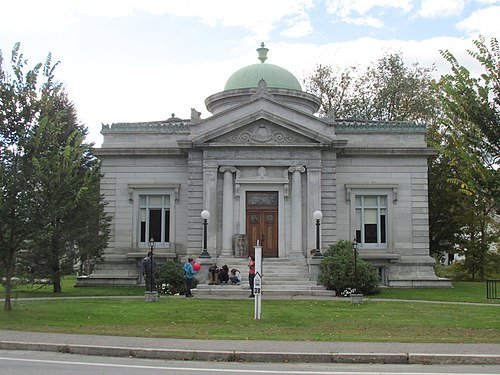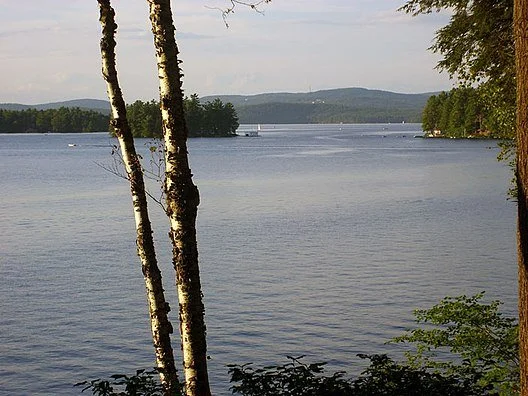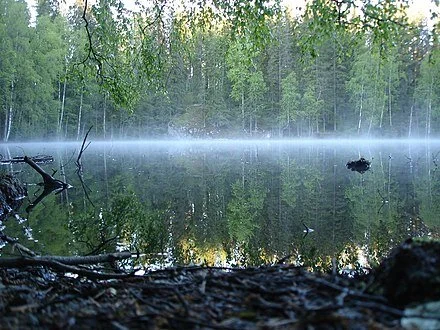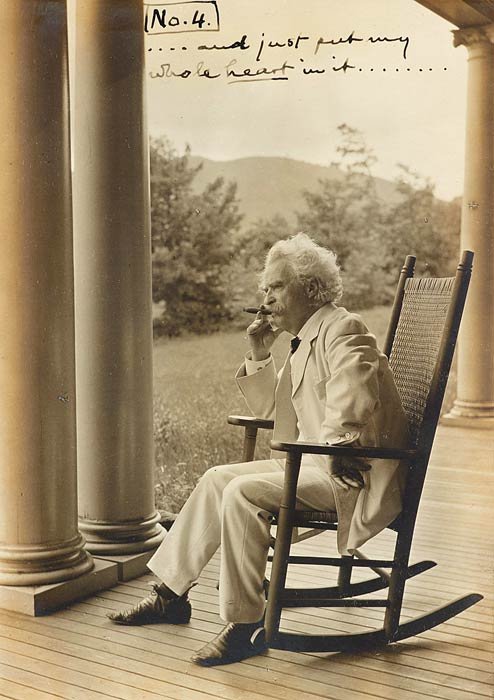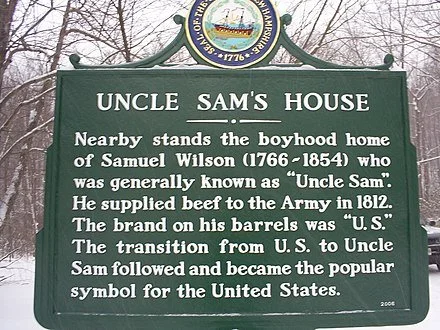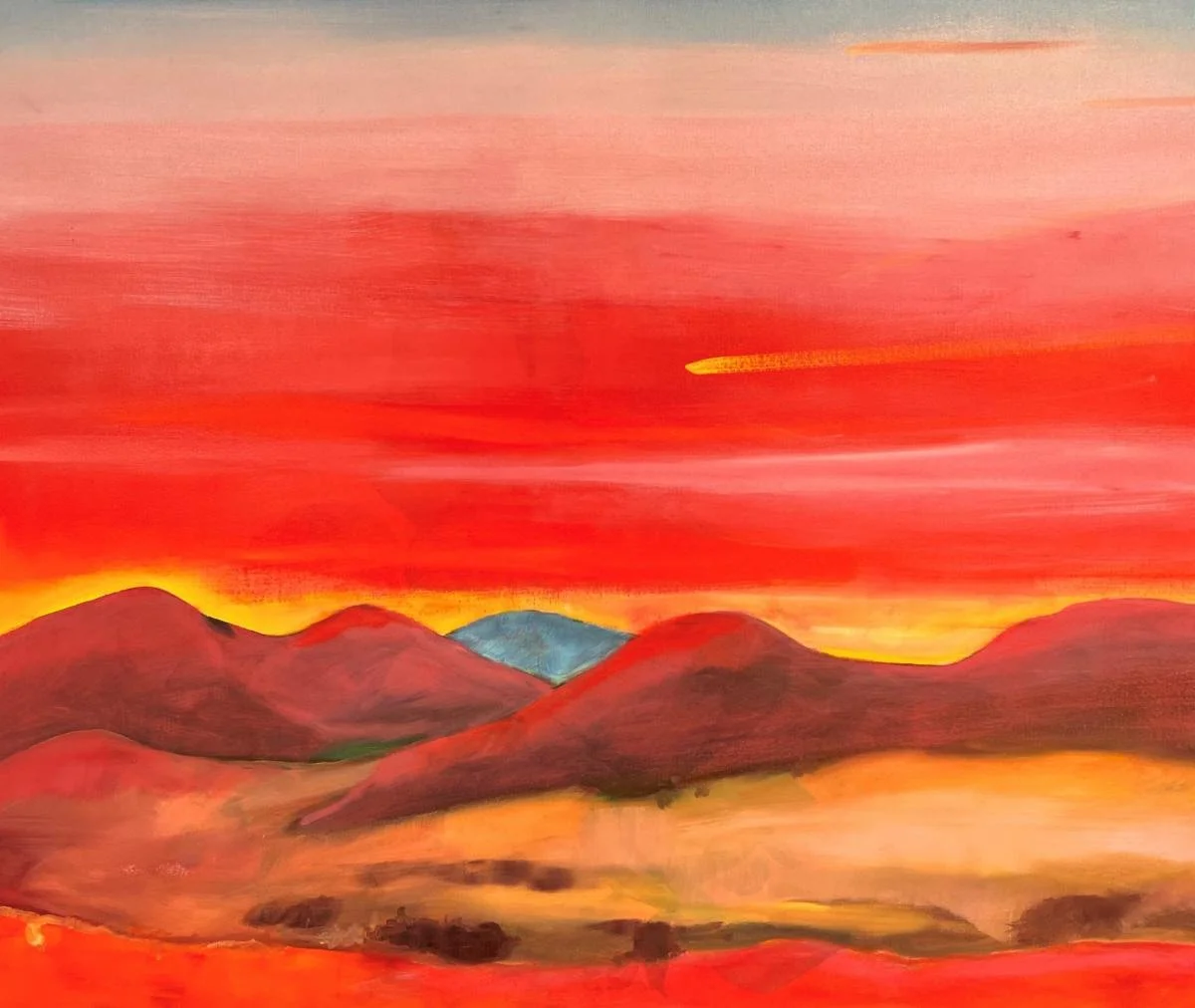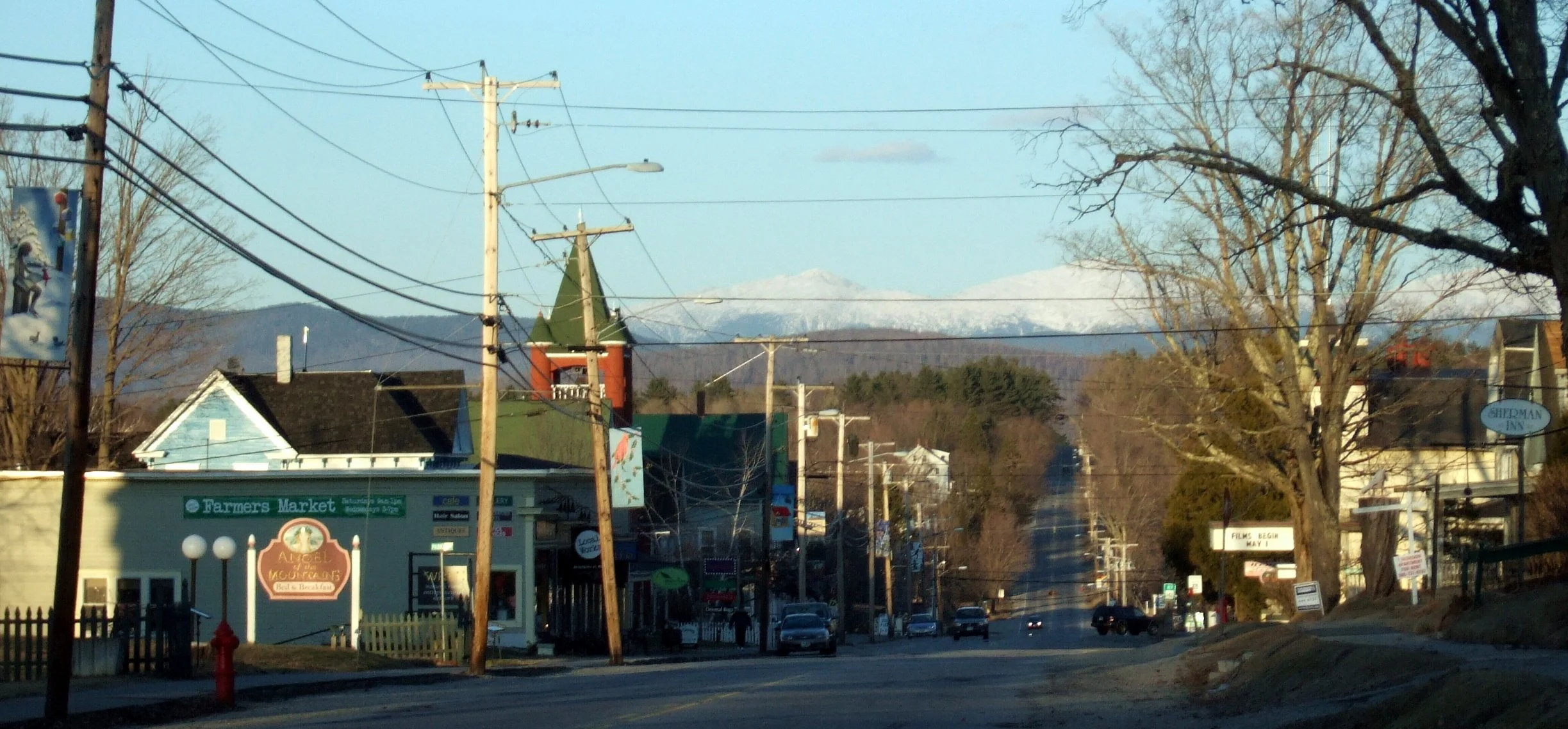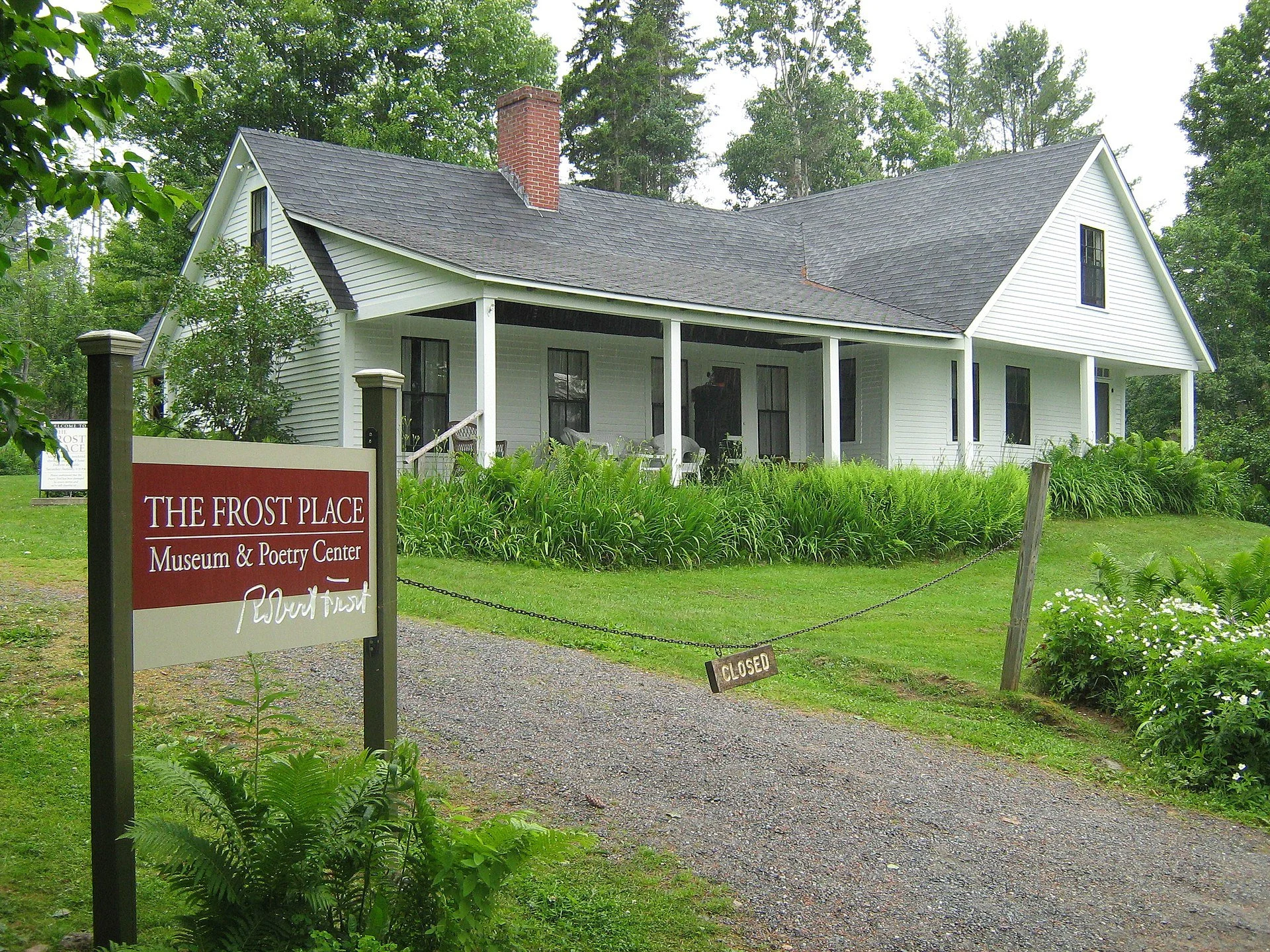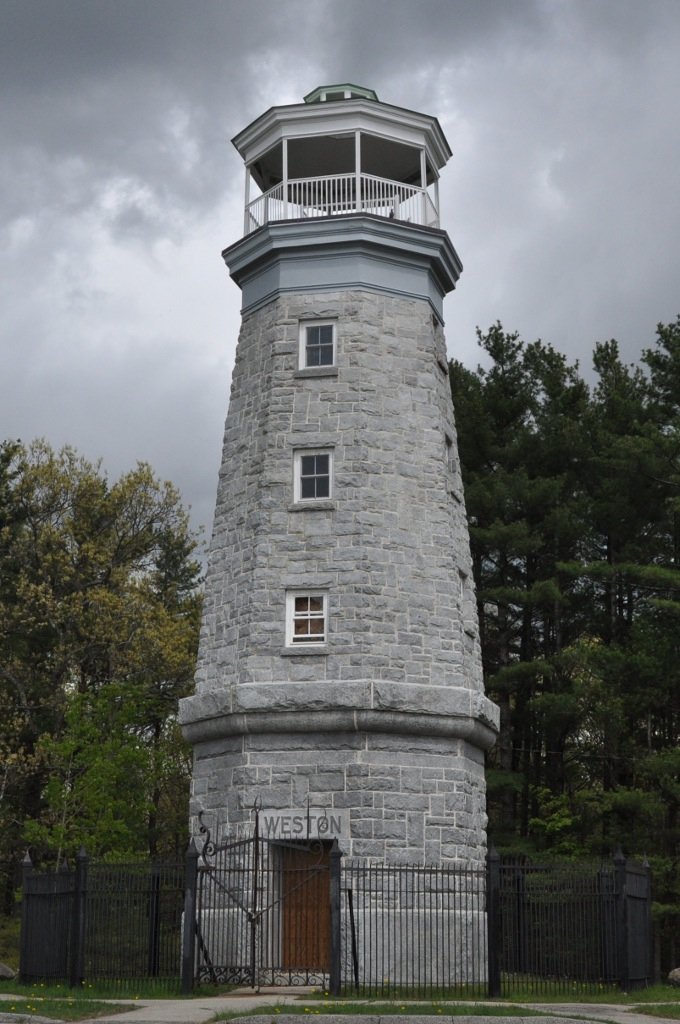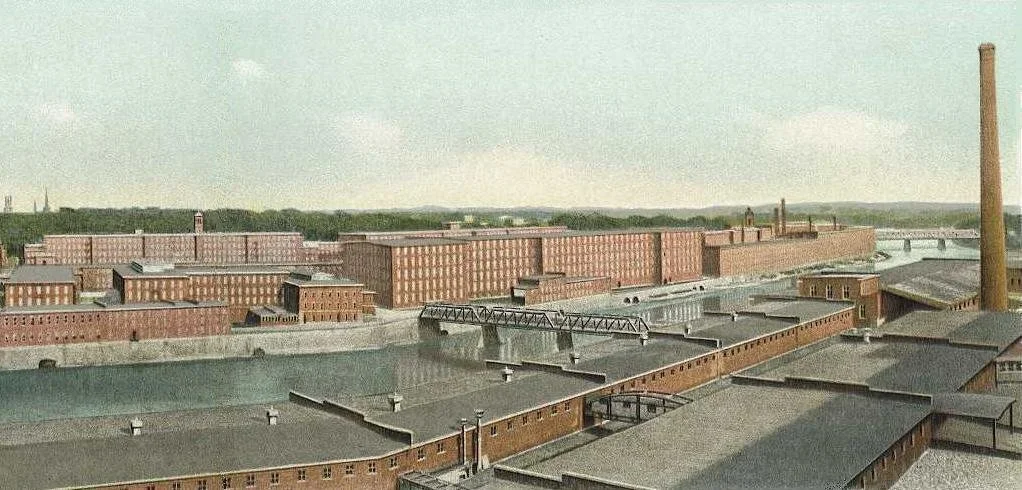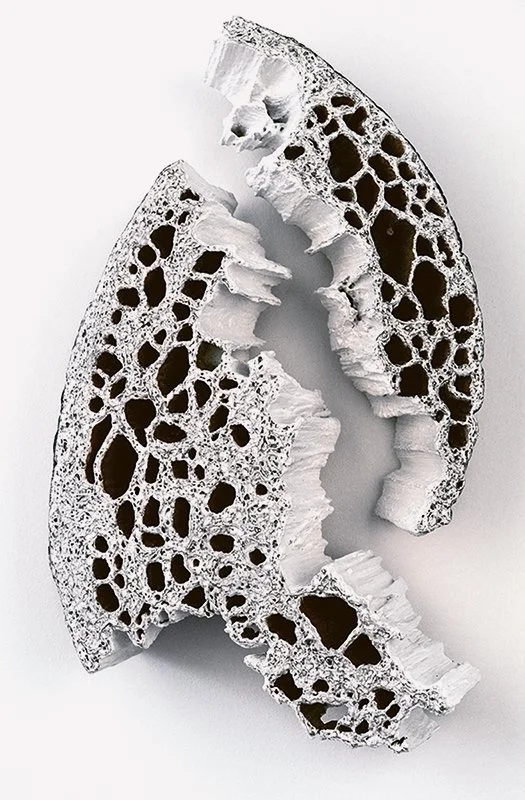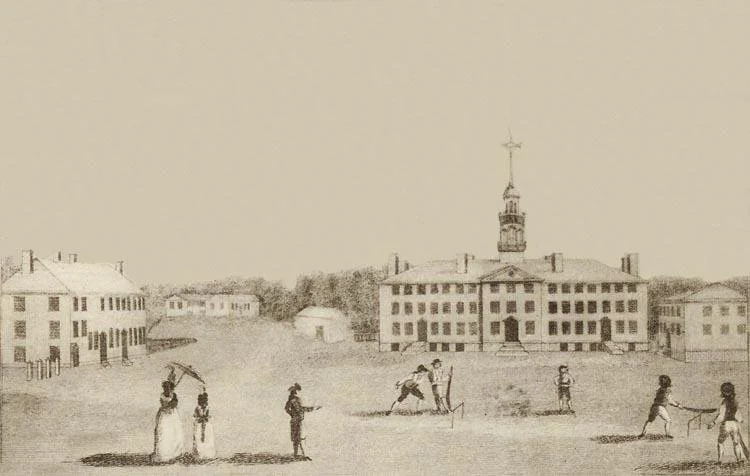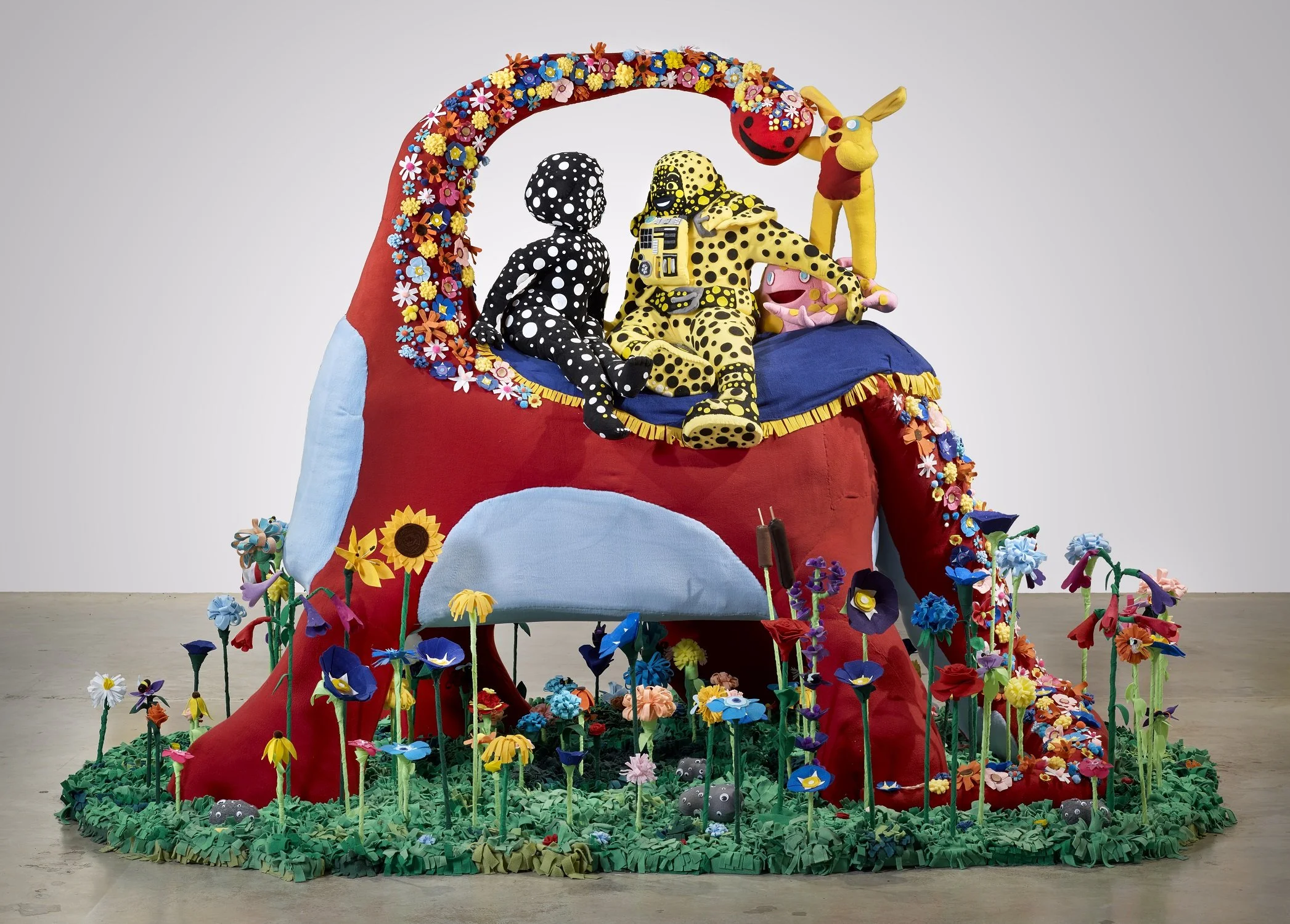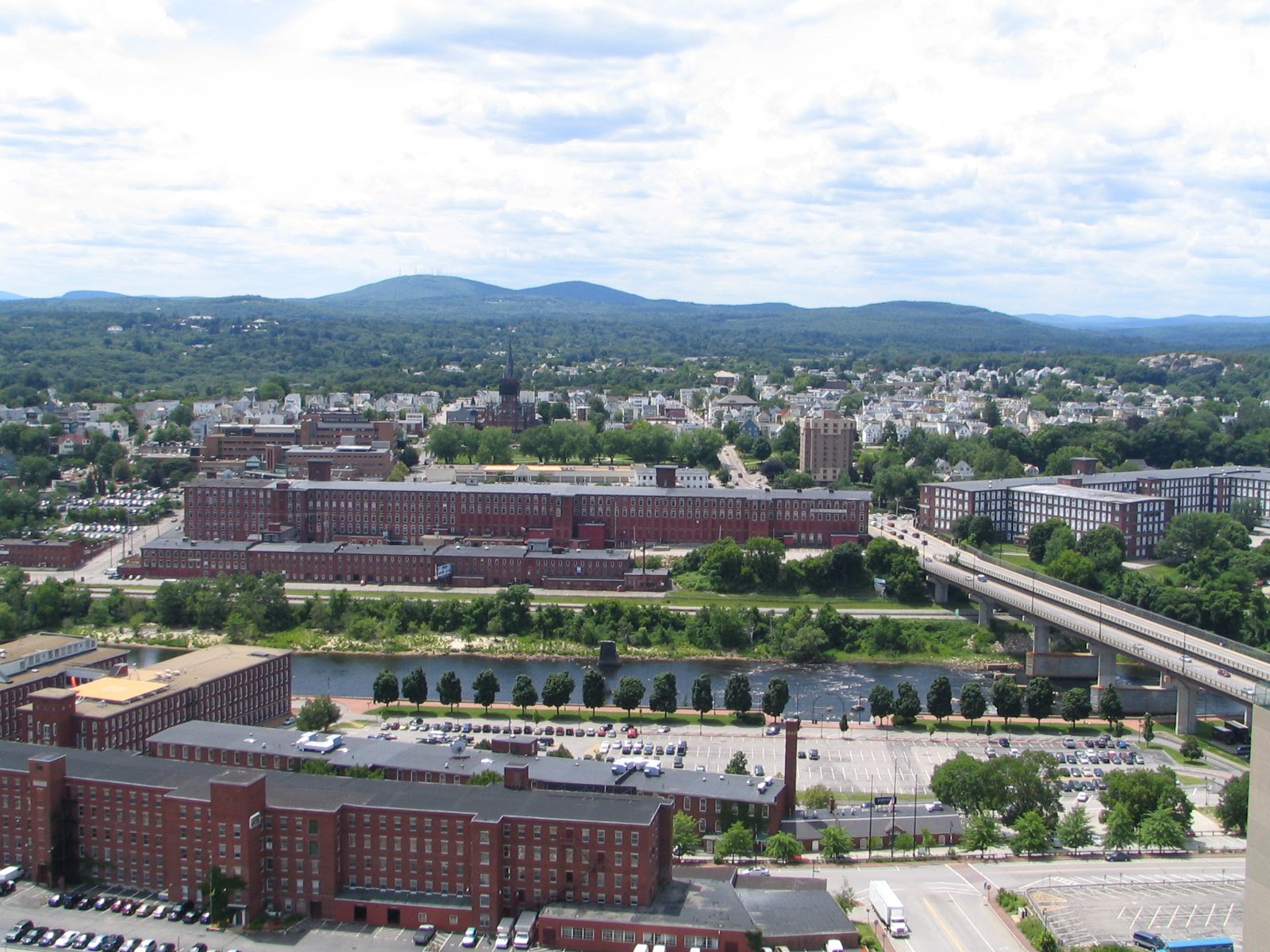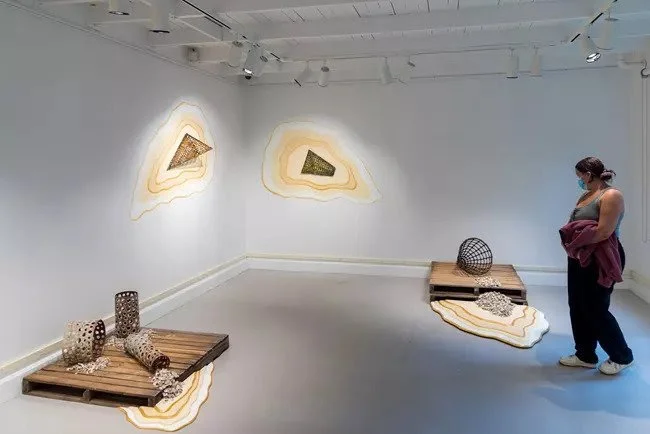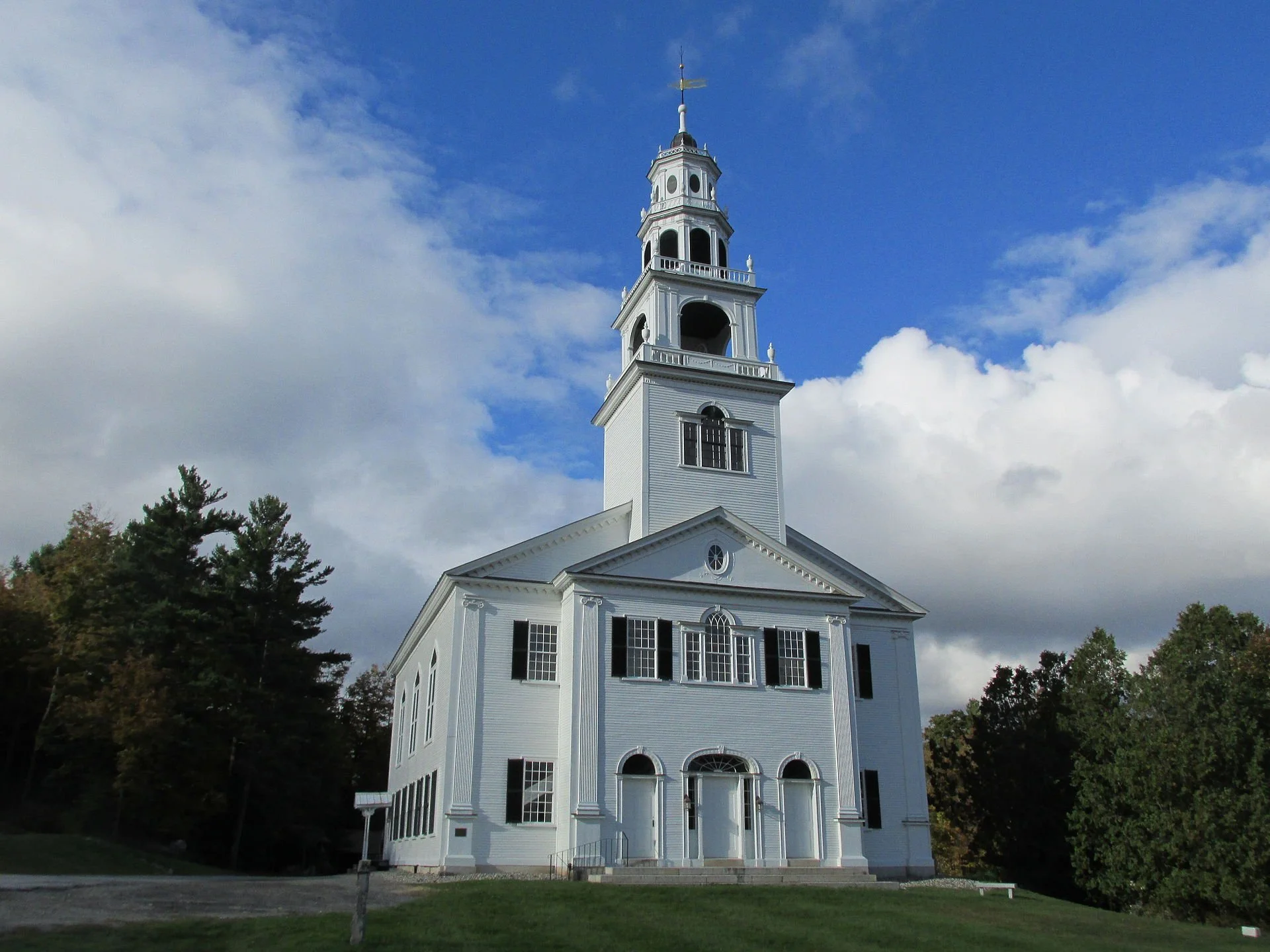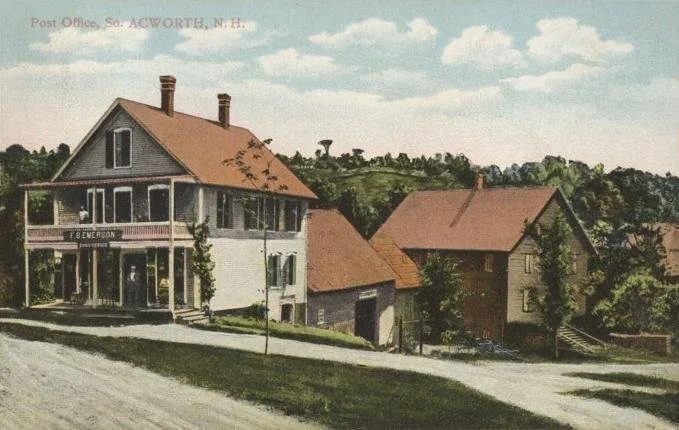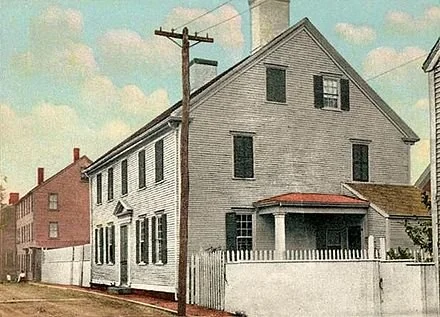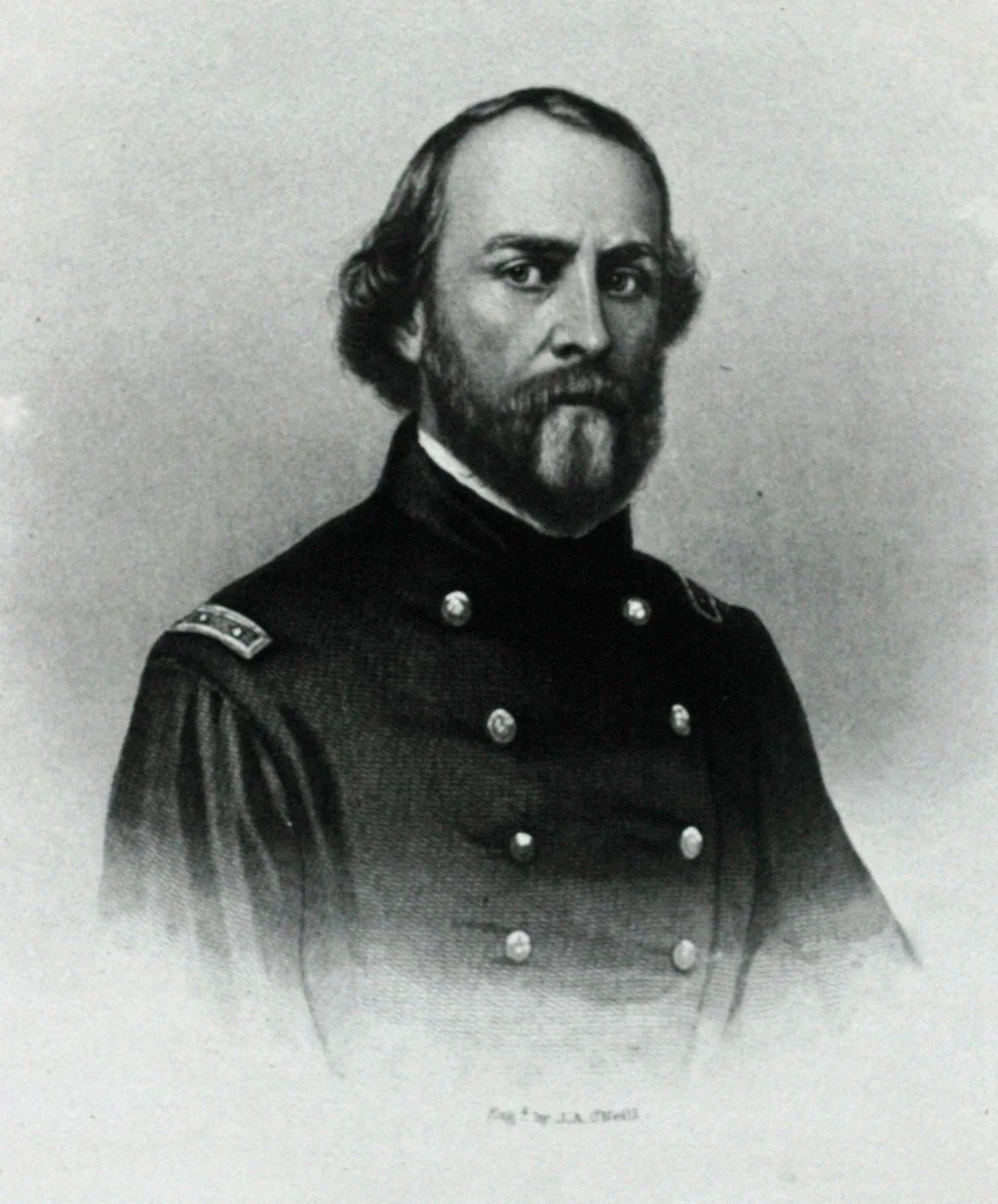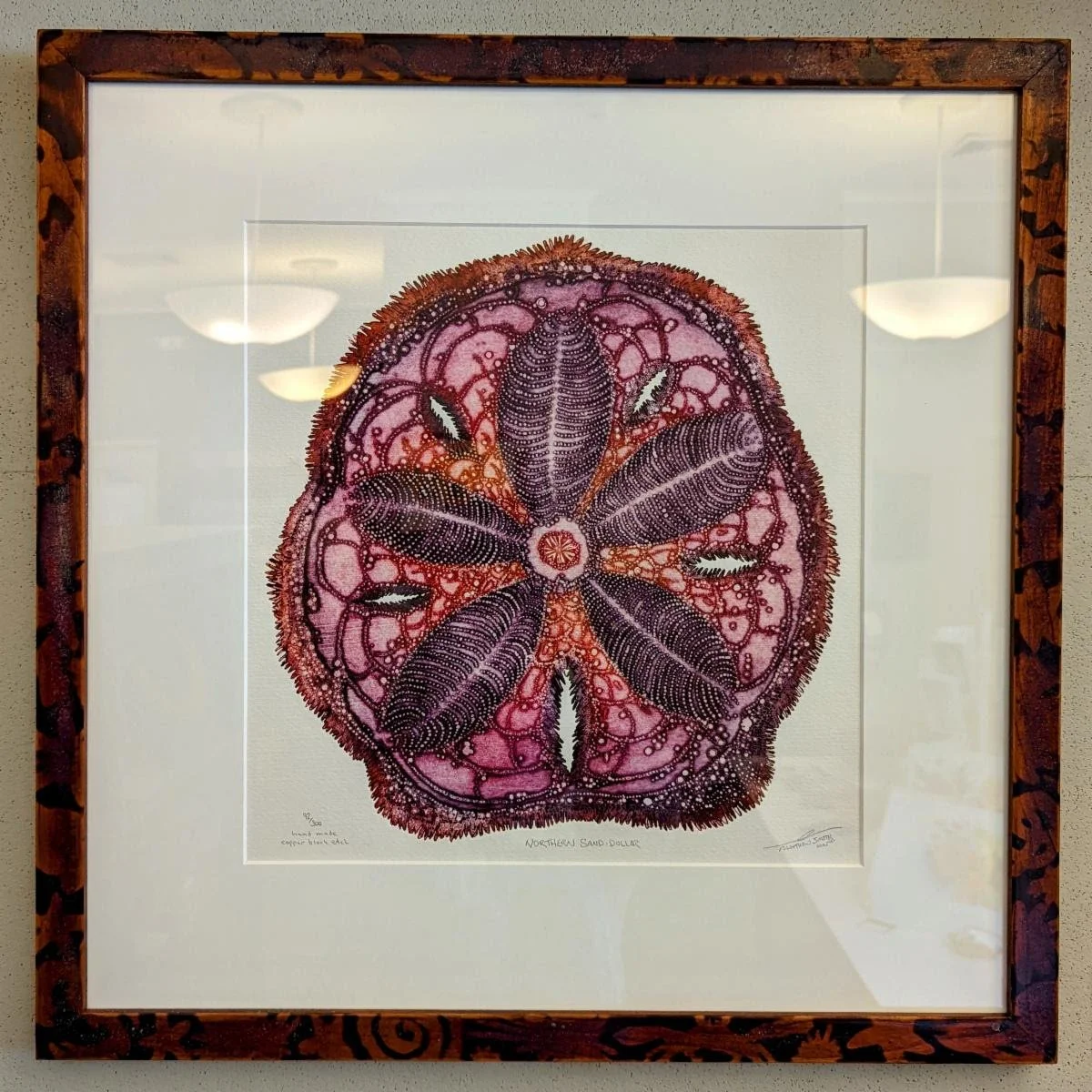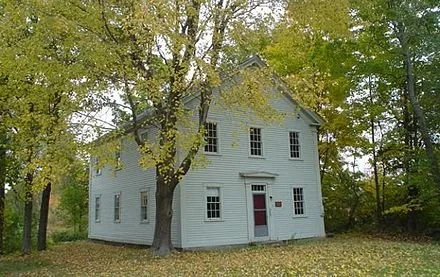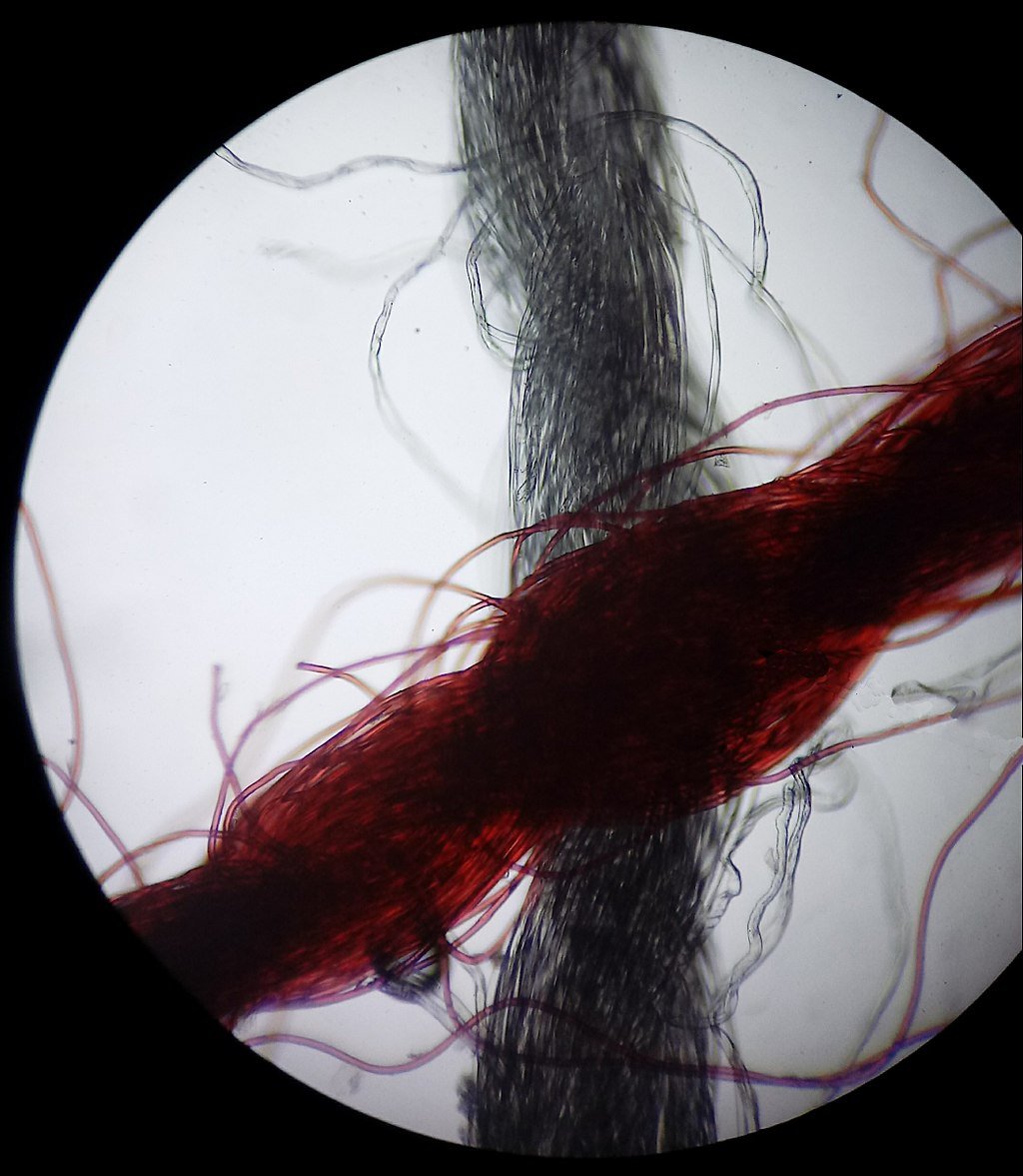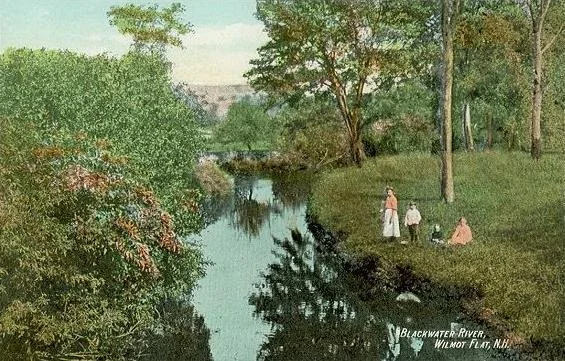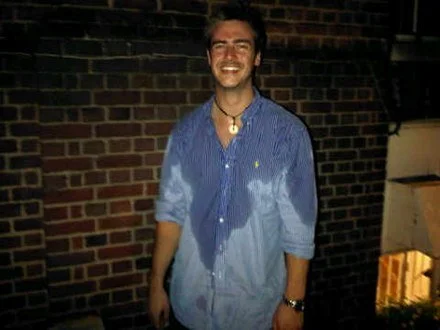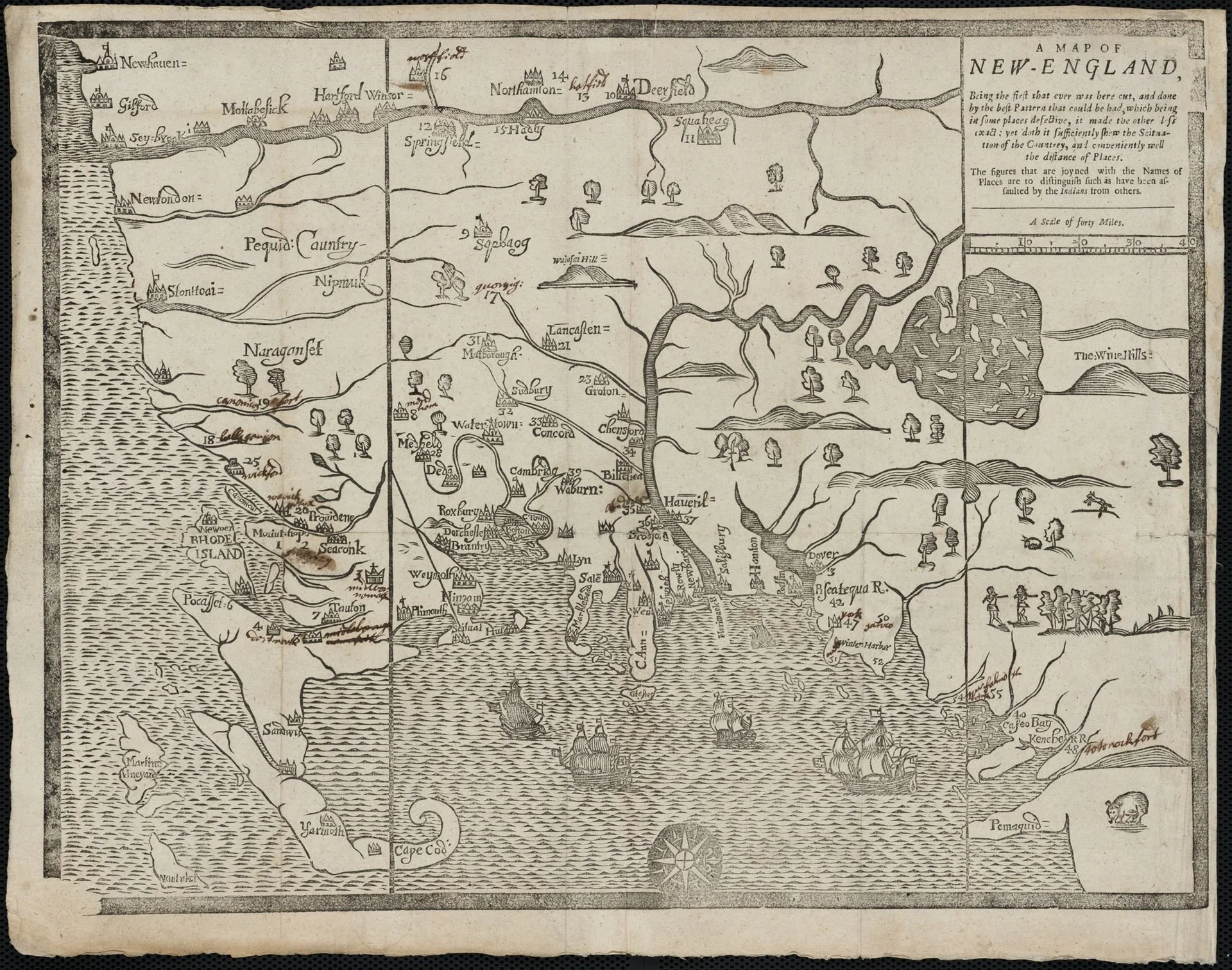
‘On a big expedition’
Shedd-Porter Memorial Library, in Alstead, N.H., was designed in the Beaux-Arts style by Boston architects William H. McLean and Albert H. Wright. It was built in 1910 as a gift from John Graves Shedd and Mary Roenna Porter in memory of their parents.
“The New England Thinkers
”Don't rush my sitting under the finch book tree. It has been dark for ten days and like two eyes feed one brain, we go driving. We are on an expedition to see the big numbers and wreckage of the floods.’’
— From the poem “The Continent Behind the College,’’ by Lesle Lewis
Ms. Lewis teaches at Landmark College (the college referred to), in Putney, Vt., and lives across the Connecticut River, in Alstead, N.H.
Blurring separations
“A Mata Te Se Come,’’ (sculpture) , by UYRA, a Brazilian artist, at the Currier Museum of Art , Manchester, N.H.
—Photo by Lisa Hermes
—Image courtesy of Currier Museum of Art
The museum says that the show consists of videos and photos of costumes/sculptures made from natural materials that "blur conventional separations between humans, {other} animals, and plants."
Different species
“Getting elected as a Republican in Massachusetts is very, very different from being elected as a Republican in New Hampshire.’’
— Corey Lewandowski (born 1973), a New Hampshire-based right-wing Republican political operative, lobbyist, political commentator and author closely associated with Donald Trump. His main home is in Windham, N.H.
The Searles Castle, in Windham, was built in 1905-1915 and was completed in 1915. It was intended to be a replica of the medieval Tudor manor of Stanton Harcourt, in Oxfordshire, England, but since most of the manor had been torn down in the 18th Century, the castle bears little resemblance to the historical structure. It’s now owned by a pharmaceutical company owner.
‘Mystery unfolding before me’
On Lake Sunapee, N.H.
”Talismanic rosary in hand,
I watch the breath of morning rise.
Warm mists, drifting upward
from the cold waters of the deep lake,
ascend into heaven. New clouds,
baby clouds form, from water to air,
a mystery unfolding before me.’’
— From “Metanoia,’’ by Newbury, N.H.-based poet Dianalee Velie. Read the whole poem here. Newbury is on Lake Sunapee.
The ‘courage’ of a flea?
Mark Twain in Dublin, N.H., where he summered in 1905 and 1905. He loved that area.
He wrote: “Courage is resistance to fear, mastery of fear-not absence of fear. Except a creature be part coward it is not a compliment to say it is brave; it is merely a loose misapplication of the word. Consider the flea!-Incomparably the bravest of all the creatures of God, if ignorance of fear were courage. Whether you are asleep or awake he will attack you, caring nothing for the fact that in bulk and strength you are to him as are the massed armies of the earth to a sucking child; he lives both day and night and all days and nights in the very lap of peril and the immediate presence of death, and yet is no more afraid than is the man who walks the streets of a city that was threatened by an earthquake ten centuries before. When we speak of Clive, Nelson, and Putnam as men who ‘didn't know what fear was,’ we ought always to add the flea-and put him at the head of the procession.”
Llewellyn King: Remembering an engineering giant
Richard Morley
WEST WARWICK, R.I
People often ask me who are the most interesting or most influential people I have met. It is easy to say Margaret Thatcher or Bill Clinton, but sometimes the real history makers are never known outside of their specialty. One such was Richard Morley (1932-2017).
A mutual friend took me to meet Morley at his home, in Mason, N.H., about 23 years ago. We spent a delightful afternoon there. He let me move a pile of earth from one spot to another with a backhoe operated by a personal computer.
I didn’t realize that I was in the presence of a great inventor, a member of industrial royalty, who had moved technology a giant step forward and sped up the automation revolution.
Morley did that in 1968 when he and colleagues at General Motors perfected the programmable logic controller. With the PLC, automation had arrived for the car industry and much else.
If it is moved, stored, welded, shaped, collated and shoved out the door, a series of programmed controllers ordered all that. In fact, for everything manufactured, PLCs are at work translating the blueprints into products.
They are everywhere, from the factory floor to advanced farms, to city water plants, to oil and gas drilling. They occupy a part of the modern world known as operational technology, or OT.
Vital though OT is, it gets less attention than its big sibling, information technology, or IT.
Matt Morris, managing director of security and risk consulting at 1898 & Co., the consulting arm of Burns & McDonnell, the big architecture, engineering and construction firm, told me, “IT is the ‘carpeted space,’ and OT is the ‘uncarpeted space’ ”
In other words, much of industry’s heavy lifting is done by OT, while IT has taken over all of the other more obvious functions of society, from accounting to airline reservations, from doctors’ offices to designing aircraft.
IT is king, but that is only part of the story.
Regarding cybersecurity, OT and IT differ, but both have their vulnerabilities. When we say cybersecurity, we mostly mean IT. OT is different, and the threats emanating from attacks on it are usually more strategic and harder to identify.
Attacks on OT aren’t necessarily as immediately detectable as those on IT. They can be very subtle but also highly destructive and expensive.
The classic example of what can be done to OT was provided not in an attack on the United States but by the United States in 2007 (and revealed in 2010) when the nation’s cyber-warriors were able to slow down or speed up uranium-enrichment centrifuges in Iran. The Iranians didn’t know that their operating systems had been fooled surreptitiously. Their engineers were at a loss.
Now, 1898 & Co. is taking a bold step into the world of critical infrastructure resiliency with the creation of a new service aimed at offering full-time, proactive cybersecurity at critical infrastructure sites, like utilities, embracing IT and OT.
The company and its parent have enormous experience in utilities and other critical infrastructure, including oil rigs, refineries and water systems. Through a program they call “Managed Threat Protection and Response,” their aim is to take critical infrastructure defense and response to new levels. The capability is an addition to its existing Managed Security Services solution.
To implement this, the company has set up its program in Houston, far from its home base in Kansas City, Mo., to be near the customers — much critical infrastructure has links to Houston — but also, as Mark Mattei, 1898 & Co. director of cybersecurity, told me, to avail itself of the talent in the area.
The company is opening up a new horizon in cybersecurity, focusing on OT.
With IT, you would want to throw a switch, avert or stop the attack as fast as possible. But with OT, a more measured response might be called for. You wouldn’t want to shut down a whole plant because one pump had had its controller attacked or bring down part of the electricity grid because a single substation had evidence that it was malfunctioning because of an attack in one component.
The more one learns about cybersecurity, the more one appreciates the unsung heroes who take on unknown enemies 24 hours a day, every day of the year.
We are on the threshold of something big in defending critical infrastructure. I am sure that Richard Morley would have approved of this new approach.
On Twitter: @llewellynking2
Llewellyn King is executive producer and host of White House Chronicle, on PBS.
White House Chronicle
InsideSources
Sign for “Uncle Sam's House,’’ in Mason, N.H.
— Photo by Craig Michaud
Editor’s note:
Mr. Morley lived on his farm in Mason, N.H., for over 40 years, where he worked out of a renovated barn.
‘Complexity of space’
“Red Sunset Over Valley” (oil on canvas), by Boston-based artist Kimberly Druker Stockwell, in the group show “Light & Form: Northern Landscapes,’’ at the Women’s Rural Entrepreneurial Network, Bethlehem N.H. The others in the show are Jane Elfner and Chris Whiton.
Looking toward the White Mountains from Bethlehem’s Main Street in spring.
— Photo by Stevage
Ms. Stockwell explains:
“The White Mountains of New Hampshire are a frequent subject …. Painting en plein air, the work is less about rocks and trees as color and light. The patterns created by the natural rugged beauty are reflected on her canvases in a series of graceful brush strokes and scrape of the pallet knife; toying with appearance and reality. Paintings are built up with paint that is rubbed in, scraped off, and painted over, mimicking nature’s life cycle process. The result is a complexity of space and the unique quality of color that will not be found in a tube.’’
Water rising and receding
This ceramic work is in Judy Pfaff’s current show, “smokkfishkur,” at the Museum of New Art (MONA), in Portsmouth, N.H.
The museum says:
“Judy Pfaff's painting in space takes a step further at MONA. Here are themes here of water rising and also receding, themes of the sea, ice, especially Icelandic—smokkfiskur, the Icelandic word for ‘squid,’ serves up mysteries that hint at submerged life counterbalanced by life made newly visible….
“Life beneath the surface is a long, evolving theme of Pfaff's. Here, for the first time, she includes new exploration of ceramics. Collapsed and twisted, these pots merge with sea life relics as exposed marine sedimentary layers similar to the palimpsest play in her printworks….
”Water is changing our world. Sea levels are rising; arctic lakes are vanishing. This upwelling of ancient history and covert creatures also stokes joy and curiosity. While the front gallery displays undersea emergence, the middle gallery invites emotional immersion served up and brightly lit with ingenious imagination. The rear gallery teases with secrets. Here, above sea level, there are hints of glaciers and things that float, bleached by the sun or frozen and preserved.’’
‘From the furnace of a star’
Saint Joseph's Abbey, in Spencer Mass., a Trappist monastery.
— Photo by John Phelan
“The monastery is quiet. Seconal
drifts down upon it from the moon.
I can see the lights
of the city I came from,
can remember how a boy sets out
like something thrown from the furnace
of a star…. ‘‘
— From “The Monk’s Insomnia,’’ by Denis Johnson (1949-2017), an American poet. This came from the book Mountain Interval: Poems from the Frost Place, 1977-1986. The Frost Place, in Franconia, N.H., is a museum and poetry center dedicated to Robert Frost, who lived there with his family full time from 1915 to 1920, as he was becoming famous, and then summered there until 1940.
— Photo by Mfwills
Art, not anguish
“Teardrop (After Robert Irwin)” (polished stainless steel with mirror finished, halogen lighting), by Pakistani-American artist Anila Quayyum Agha, in the group show “Tradition Interrupted,” at the Lamont Gallery, at Phillips Exeter Academy, Exeter, N.H., through Dec. 10.
— Courtesy of Talley Dunn Gallery, in Dallas
The gallery says that each artist in this exhibition was tasked to "weave contemporary ideas with traditional art and craft," with the aim of bringing experiences of their cultures and marrying them to different mediums that complement each other.
The advantages of blurred vision
“Your inability to see yourself clearly is what’s keeping you alive.’’
— Sarah Silverman (born 1970), American comedian, writer and actress. She was born in Bedford, N.H., and raised in nearby Manchester.
Manchester on a dreary October day.
Weston Observatory in Derryfield Park, Manchester. It was built in 1897, at the height of Manchester’s glory as a manufacturing center, especially for textiles.
— Photo by Magicpiano
The gigantic Amoskeag mill complex, along the Merrimack River, in 1911.
‘Enigmatic languages’
“Presence/Absence” (wooden found object with encaustic, sumi ink, cold wax), by Hanover, N.H.-based artist Lia Rothstein
Her artist statement says:
“I am fascinated by the complexity of the natural world and our own human anatomy. As an artist I have continually explored textures and abstracted forms, negative and positive spaces, light and shadow, linear elements that convey both connectedness and disconnection and, more recently, permanence and fragility. The calligraphic lines and the spaces in between them that I observe in the landscape and in my research about the brain and how we think, process information, and form memories feel like enigmatic languages to me, unique unto themselves, endlessly exquisite yet tenuous. Using waxes and other art materials I feel I can extend the meaning of my work beyond literal representation by creating layers of meaning, metaphor, translucency, physicality and temporality.’’
Students playing cricket at Dartmouth College, in Hanover, N.H., in 1793. The town is mostly known for hosting Dartmouth, chartered in 1769 and whose predecessor institution was Moor’s Indian Charity School, founded in Lebanon, Conn., in 1754.
Josiah Dunham (artist), S. Hill (engraver)
Dartmouth’s Hood Museum of Art.
Fun house
“Time for You and Joy to Get Acquainted” (wooden armature, fabric, polyfoam), by JooYoung Choi, in the show “State of the Art,’’ at the Currier Museum of Art, Manchester, N.H., Oct. 20-Feb. 12.
This piece of art is from the Crystal Bridges Museum of American Art, Bentonville, Ark.
Huge buildings in Manchester along the Merrimack River that comprised the Amoskeag Manufacturing Co. complex. The company grew in the 19th Century into the largest cotton-textile facility in the world.
A great discovery
Ripe, ripening, and unripe blackberries
"It was then that I made one of the great
discoveries of my young and very sensual life:
blackberries aren't really black, they're
deep purple; and they make home-made ice cream
just about the sexiest thing a sun-burned kid
can put in his mouth this side of hot, ripe
peaches, purloined from a neighbor's tree.’’
— From “Blackberries,’’ by John-Michael Albert (born 1951), a Portsmouth, N.H.-based poet
—
Riverine review
A visitor walks through work in the group show "One River, Many Views," at Saint-Gaudens National Historical Park, in Cornish, N.H., through Oct. 30.
— Photo Courtesy Saint-Gaudens National Historical Park
The park says:
“One River, Many Views’’ features the work of Nancy Diessner (Mass.), Brenda Garand (N.H.), and Janet Pritchard (Conn.), whose work responds to the Connecticut River’s beauty, its power and its history. These artists work in a variety of media, including photography, drawing, printmaking and sculptural forms, at times using the river water, its soil and its flora as part of their art-making process. In addition to the artwork, the show features commissioned wall labels written by 10 members of the Upper Valley community who live in, work in and otherwise engage with the Connecticut River. These include creative writers, scholars and simply residents, as well as those from the indigenous, agricultural, recreational and other communities for whom the river is an important part of their daily lives. Their responses – reflective, celebratory, or interrogatory — will highlight the diverse natural and cultural histories and relationships with this imposing body of water. The exhibition seeks to encourage discussion as well as awareness of the ways that one topic can hold multiple approaches, opinions, expertise, and experiences.’’
Drift boat fishing guide preparing to work the river near Colebrook, N.H.
And well worth staring at
Acworth (N.H.) Congregational Church
— Photo by John Phelan
Acworth Post Office in 1907
“Tables of books line the walk by the library.
He remembers their wedding day.
Children play next to the clapboard school.
The old man stares at the steeple.’’
— From “Old Home Week in Acworth, 2008,’’ by Betsy Snider, a New Hampshire-based poet and retired lawyer.
Old Home Week or Old Home Day originated in New England and is rather similar to a harvest holiday or festival. In its beginning, in the late 19th and early 20th centuries, it involved a municipal effort to invite former residents of a village, town or city—usually individuals who grew up in the municipality and moved elsewhere in adulthood—to visit the "Old Home", the parental household and hometown. Some municipalities celebrate the holiday annually, while others celebrate it every few years.
Species of the battle for liberty
“The Stamp Act was to go into operation on the first day of November. On the previous morning, the 'New Hampshire Gazette' appeared with a deep black border and all the typographical emblems of affliction, for was not Liberty dead?’’
— Thomas Bailey Aldrich (1836-1907), American writer, including as poet and critic, and editor. The Portsmouth, N.H., native is notable, among other achievements, for his editorship of the Boston-based The Atlantic Monthly magazine.
Thomas Bailey Aldrich House, part of Strawberry Banke Museum, Portsmouth, N.H.
Sullivan Ballou
“I have no misgivings about, or lack of confidence in the cause in which I am engaged, and my courage does not halt or falter. I know how strongly American Civilization now leans on the triumph of the Government and how great a debt we owe to those who went before us through the blood and sufferings of the Revolution. And I am willing—perfectly willing—to lay down all my joys in this life, to help maintain this Government, and to pay that debt.’’
—Sullivan Ballou (1829-1861), Rhode Island lawyer, politician and major in the Union Army in a letter to his wife, Sarah, shortly before he died of wounds suffered in the First Battle of Bull Run.
From fishing to etchings
“Northern Sand Dollar” (etching) by Matthew Smith, in the New Hampshire group show “The Artist Next Door,’’ at Two Villages Art Society, Contookook, N.H., through July 30.
Sand dollars are species of flat, burrowing sea urchins belonging to the order Clypeasteroida.
His Web site says:
“Matthew Smith is an inventor, a creator, a maker of things. Born and raised in Brooklyn, N.Y. Matthew became a commercial fishing captain and made innovative nets to catch haddock and halibut in the North Atlantic. He put together the best fishing-boat crews to deploy the gear he made. He followed his instincts to go to places on the Georges Bank where the fish were, but the other fishermen were not.
After leaving the fishing industry, Matthew built, by hand, a self-sustained log cabin on the shore of Quincy Pond in Nottingham, N.H. Here he started a small company -- Quincy Pond Print Works -- to help him create his prints, frame them to museum standards, and make them available to collectors in New England and across the country, shipped in packages he designed himself.
As an artist, he created a new way to make prints — copper block etching -- that combines the top features of intaglio etching and relief printing to best portray the incredible color, depth, and texture found in his work. And he ships each piece of art with a custom-made museum-quality frame.’’
The Nottingham Square Schoolhouse museum is one of the best-preserved mid-19th Century schoolhouses in New Hampshire.
It must have SOME use!
“A man was cleaning the attic of an old house in New England and he found a box that was full of tiny pieces of string. On the lid of the box there was an inscription in an old hand: ‘String too short to be saved.’’’
— Wilmot, N.H.-based poet and essayist Donald Hall (1928-2018) in String Too Short To Be Saved
Godine, the book’s publisher, notes:
“Donald Hall’s memoir of boyhood summers on his grandparents’ small New Hampshire farm has joined the pantheon of New England classics.
“Hall’s prose brims with limitless affection for the land and its people, but String Too Short to Be Saved it isn’t mere nostalgia. These are honest accounts about the passing of an agrarian culture, about how Hall’s grandparents aged and their farm became marginal until, finally, the cows were sold and the barn abandoned.
“But the story of Eagle Pond Farm continued when Hall returned in 1975 to live out the rest of his life in the house of memories and love and string too short to be saved.’’
Blackwater River in Wilmot, N.H., in 1910.
Ready for it now
“Give me back the long heat wave, the sweat dripping
from eyelashes, the stained blouses, the black windows,
the spiders dangling from their silver bridges,
the wasps lighting on the branches of the cedar bushes
as they waited for me to make a dash for the screen door.’’
— From “The Long Heat Wave,’’ by Jeff Friedman, a poet and professor based in West Lebanon, N.H.
1889 map

